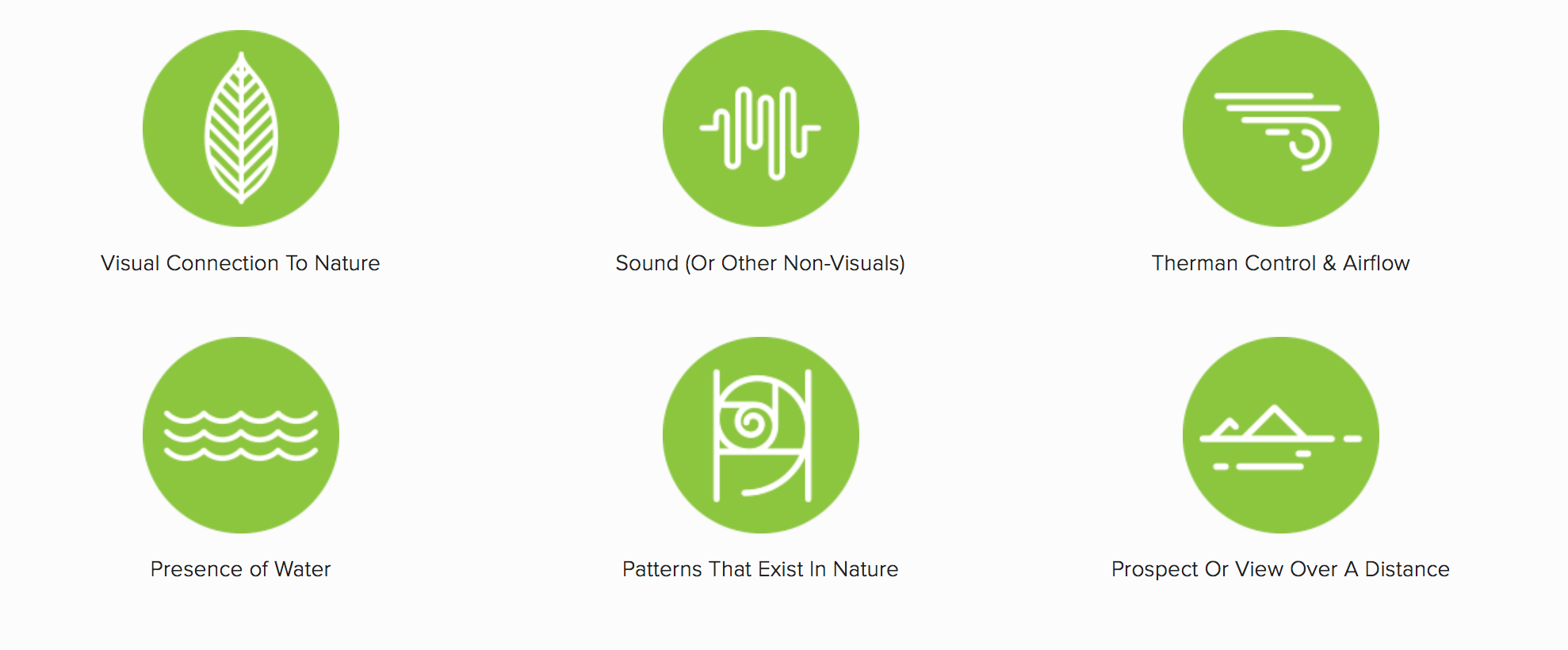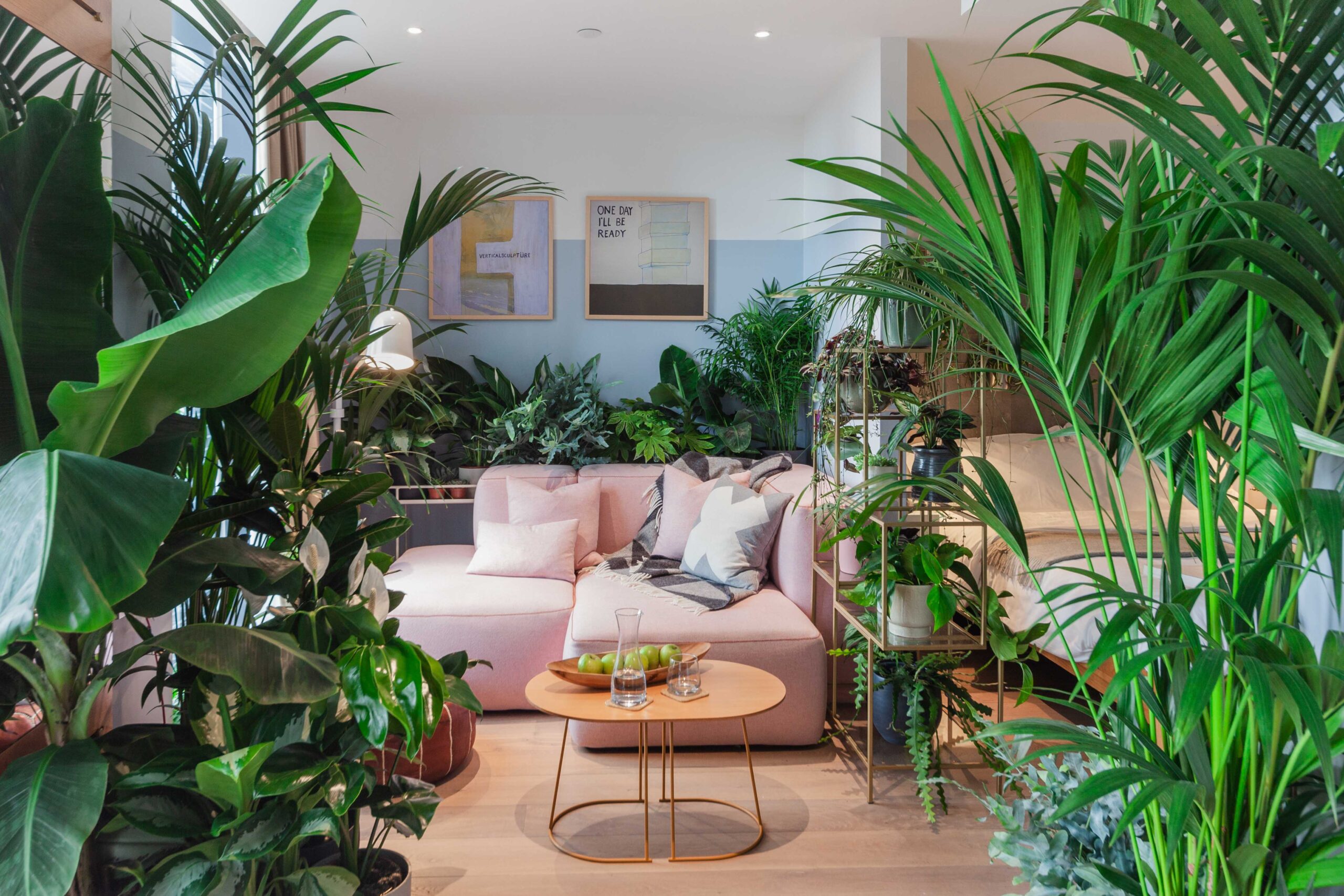Biophilic Design Initiative International Living Future Institute
Table Of Content

Pinterest’s 2022 Trend Report even included biophilic design as a trending search category. The effectiveness of biophilic design depends on interventions that are connected, complementary, and integrated within the overall environment rather than being isolated or transient. A third distinctive feature of biophilic design is its emphasis on engaging with and repeated contact with nature. Biophilia can be described as a “weak” rather than “hard-wired” biological tendency that, like much of what makes us human, must be learned and experienced to become fully functional.
A Systematic Review and Conceptual Framework of Biophilic Design Parameters in Clinical Environments
Additionally, variability in temperature and lighting for instance is proven to benefit our health and our work performance. In the cases where it’s impossible to include actual features of nature, using components and shapes that look like it can be just as effective. We can create the so-called vertical forests or simply add small forested areas throughout cities. Arricca Elin SanSone has written about health and lifestyle topics for Prevention, Country Living, Woman's Day, and more. She’s passionate about gardening, baking, reading, and spending time with the people and dogs she loves.
Top Articles
We hope "14 Patterns of Biophilic Design" helps shed light both on the importance of the human connection with nature that are supported by biophilic design. We encourage people to challenge convention by bringing biophilic design patterns into a vision for healthy homes, workplaces and cities. While scientific documentation on the health impact of natural materials is limited, available research is beginning to shed light on opportunities for informed design. As such, the Material Connection with Nature pattern has evolved from a limited body of scientific research on physiological responses to variable quantities of natural materials, and the impact of natural color palette, particularly the color green, has on cognitive performance. In rural environments, human-nature interactions are abundant, and this regular exposure to nature has restorative qualities that we perhaps take for granted. Suburban settings are typically rife with intuitively applied biophilic design; the suburban yard with shade trees, grass, low shrubs, and beds of flowers is essentially an analogue of the African savanna.
Khoo Teck Puat Hospital – Yishun, Singapore
When people are in biophilicly designed spaces, they feel comfortable; their well-being and mental performance are both higher than when they’re in a place that’s not biophilicly designed. Simply put, biophilic design focuses on those aspects of the natural world that have contributed to human health and productivity in the age-old struggle to be fit and survive. Thus, desert or deep-sea habitats or microorganisms or alien or extinct species or other obscure aspects of nature are largely irrelevant as aspects of biophilic design because they offer little if anything in the way of sustained benefits to people. At this moment in time, nature comes last when it comes to designing interiors or buildings.
More Outdoor Space
Prospect can be defined as an unobstructed view over a distance, that provides a sense of safety and allows one to view potential hazards and opportunities (Browning et al. 2014). Prospect relates to wider-frame views of our environment both internally and externally. The inclusion of prospect in interior design relates to mezzanine levels, open-planned offices, windows that view out to distances over 6 meters, and glass or transparent partitions that offer unimpeded views. The Mystery pattern has evolved from research on visual preference and perceived danger, as well as pleasure responses to anticipatory situations.
The Future of Design: Biophilia - Design Hotels
The Future of Design: Biophilia.
Posted: Mon, 12 Feb 2024 08:00:00 GMT [source]
Bjarke Ingels Group (BIG) and executive architect BNIM have unveiled their design for a new mass timber cube structure called the Makers’ KUbe for the University of Kansas School of Architecture & Design. A six-story, 50,000-sf building for learning and collaboration, the light-filled KUbe will house studio and teaching space, 3D-printing and robotic labs, and a ground-level cafe, all organized around a central core. Today, we can design airports that are climate resilient, durable, long-lasting, and healthy for occupants—we can design airports using Passive House standards. OK, so now that we understand just how important nature is to the built environment, let’s get to work!

Building-scale examples of application
On several portions of the gently sloping floors are slits from which a sheet of water emerges, it flows across the textured stone and then disappears into a series of slots toward the center of the courtyard. Designed by Gustafson Guthrie Nichol Ltd., the thin sheet of water reflects light and weather conditions from above and invites passersby to touch. During events the system is drained and seamlessly becomes part of the floor plane.

And this National Taiwan University study found that some of the top biophilic design elements for improving physiological and psychological health were natural images, natural materials, and plants. The modern assumption that humans no longer need to affiliate with nature is revealed in the widespread practice of placing people in sensory deprived and artificial settings such as office buildings, hospitals, schools, shopping centers–with little if any contact with natural forces and stimuli. Much of today’s built environment is designed lacking adequate natural light, natural ventilation, natural materials, vegetation, views, environmental shapes and forms, and other evolved affinities for the natural world. Referred to as a “garden hospital”, KTP has an abundance of native plants and water features that surround its exterior. Using Kellert strategies above, it is apparent that most of the strategies used for Khoo Teck Puat are direct nature experiences.
Biophilic design
In most cases, the refuge is not entirely enclosed, but rather provides some contact (visual or aural) with the surrounding environment for surveillance. The greater the number of protective sides, the greater the refuge condition; however, complete refuge – protection on all sides – is not necessarily the most appropriate or effective solution, as it does not maintain a relationship to the larger space. The traditional lean-to is a great example of basic refuge, as are a cozy bench seat in a bay window of the kitchen or a fireside inglenook. A space with a good Prospect condition feels open and freeing, yet imparts a sense of safety and control, particularly when alone or in unfamiliar environments.
The Biophilic Design Toolkit is a robust collection of resources to help designers explore biophilic design and promote human-nature connection in the built environment. The toolkit provides guidance, inspiration, and support for key activities from introducing biophilic design to teams, to the planning and design stages, all the way through construction and occupancy. The use of vibrant colors and soft lighting throughout the office creates a comfortable and energizing atmosphere. The office layout features open workstations with adjustable desks and ergonomic chairs to ensure comfort and promote productivity for employees. The office also includes a prominently placed branding wall near the pantry area, which serves as a touch-down point and multi-functional space for client meetings or team lunches. What Koenig is describing actually reflects a design philosophy called biophilic design.
Here are five tips and tricks to help you easily bring in biophilic strategies to your work environment. A space with a good Refuge condition feels safe, providing a sense of retreat and withdrawal – for work, protection, rest or healing – whether alone or in small groups. A good refuge space feels separate or unique from its surrounding environment; its spatial characteristics can feel contemplative, embracing and protective, without unnecessarily disengaging. Refuge is a place for withdrawal, from environmental conditions or the main flow of activity, in which the individual is protected from behind and overhead. Fractal patterns can be identified in classical art and vernacular architecture from the column capitals of ancient Greece and Egypt, the art of Ancient Mayans, Islamic and Egyptian art, Hindu temples, Angkor Wat in Cambodia (12th century), and the Eiffel Tower in Paris (1889). Fractals are also evident in such well-known works as those of Botticelli, Vincent van Gogh, and Jackson Pollock.
And with that, architects went back to extracting materials from the local terrain through minimal processing, reflecting the local geology to establish authenticity and a sense of place, as well as promoting sustainability-driven architecture. InThe Experience of Landscape, geographer Jay Appleton coined the Prospect-Refuge theory by highlighting the correlation and interconnectivity between the patterns Refuge and Prospect (Appleton 1975). This theory argues that our chances of survival throughout evolutionary history increased by having both an outlook across an expanse, and also by taking refuge in caves and in cliffs (Beatley 2016). The theory behind the prospect-refuge concept proposes that restorative effects- feelings of safety and protection- are experience in environments that offer enclosure (ideally on 3 sides) coupled with outlooks (Dosen & Ostwald 2013). Arguably, the most quintessential unification of Refuge and Prospect, is a tree house- where occupants are partially concealed (protected) from perceived danger- yet have views offering surveillance to the surrounding environment.
For instance, quality daylighting has been reported to induce more positive moods and significantly less dental decay among students attending schools with quality daylight than students attending schools with average light conditions (Nicklas & Bailey, 1996). The Robert and Arlene Kogod Courtyard at the Smithsonian American Art Museum in Washington, D.C. Is a great example of Presence of Water with its physically expansive water feature doubling as an event space. The former outdoor space has been enclosed with an undulating canopy design by Foster + Partners, bearing resemblance to water or clouds.
Comments
Post a Comment